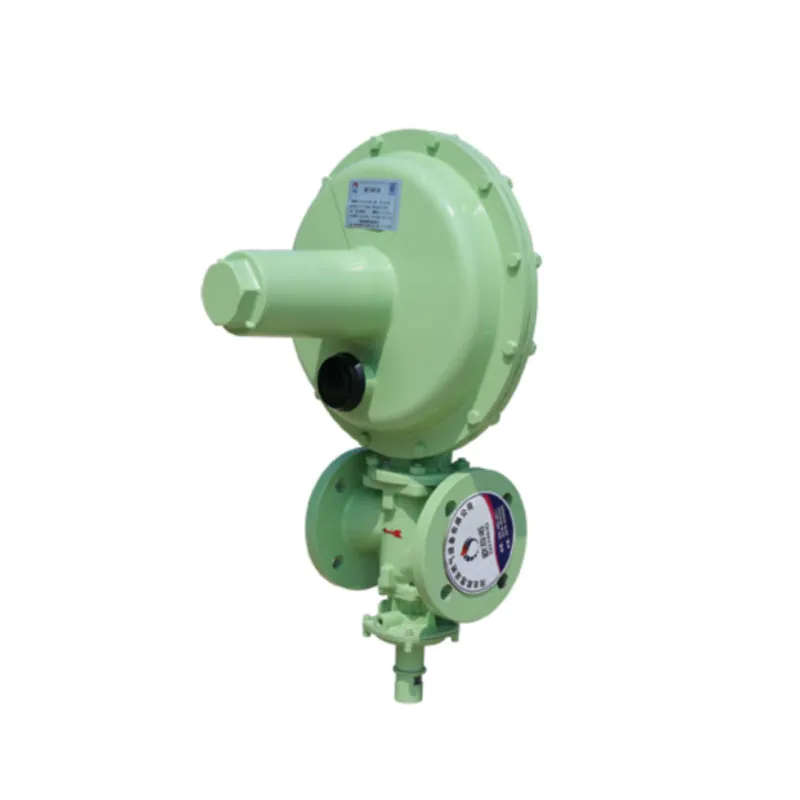
Nov . 12, 2024 05:41
Back to list
صمام تخفيض الضغط
Understanding Pressure Reducing Valves The Key to Fluid Control
Pressure reducing valves (PRVs) are essential components in various industries, playing a critical role in managing fluid flow and maintaining safe operating conditions within different systems. These valves are designed to reduce the pressure of a fluid downstream while allowing for a controlled, stable operation in the process. In this article, we will delve into the function, benefits, applications, and maintenance of pressure reducing valves.
What is a Pressure Reducing Valve?
A pressure reducing valve is a type of control valve that automatically decreases the pressure of a fluid to a predetermined level. When the fluid enters the valve, it encounters a diaphragm or piston that responds to the pressure differential between the inlet and outlet. As the inlet pressure exceeds the desired outlet pressure, the valve modulates to maintain that set point, ensuring that the downstream system operates efficiently and safely.
How Do Pressure Reducing Valves Work?
The operation of a pressure reducing valve involves two main elements the spring and the diaphragm. The spring provides a resistance force against the diaphragm. When the inlet pressure rises above the set pressure, the diaphragm moves against the spring force, partially closing the valve opening to reduce the flow, thus protecting downstream components from high-pressure damage.
The adjustment settings on PRVs allow for flexibility in operations, enabling operators to set the desired outlet pressure according to the requirements of the system or process. Once set, the valve continuously monitors the downstream pressure and makes automatic adjustments to maintain the preset level.
Benefits of Using Pressure Reducing Valves
.
2. Efficiency Maintaining consistent pressure levels contributes to improved operational efficiency. Fluctuations in pressure can lead to inconsistent performance, increased wear and tear on system components, and higher energy costs. PRVs help stabilize these variables.
صمام تخفيض الضغط

3. Protection of Equipment Many mechanical systems have components that are sensitive to pressure variations. Pressure reducing valves help prolong the life of pipes, pumps, and other equipment by preventing them from operating under high-stress conditions.
4. Water Conservation In plumbing systems, PRVs can prevent water wastage caused by excessive pressure which can result in leaks and splashing. This leads to more efficient water usage in residences and industries.
Applications of Pressure Reducing Valves
Pressure reducing valves are utilized in various settings, including
- Water Supply Systems PRVs are commonly used in municipal water supply systems to reduce the high pressure from water mains, ensuring that water is distributed at safe and manageable levels.
- Industrial Processes In industries such as oil and gas, pharmaceuticals, and manufacturing, PRVs play a crucial role in managing pressure for pipelines, reactors, and other critical equipment.
- Heating and Cooling Systems These valves help control the pressure in heating and cooling systems, maintaining optimal performance and efficiency.
Maintenance of Pressure Reducing Valves
Proper maintenance is crucial to ensure the longevity and functionality of pressure reducing valves. Regular inspections should be conducted to check for signs of wear, leaks, or blockages. Filters preceding the PRV can help trap debris that could compromise the valve's operation. Additionally, monitoring the outlet pressure on an ongoing basis ensures that the valve is functioning correctly and providing the desired pressure reduction.
In conclusion, pressure reducing valves are pivotal in managing fluid systems across a wide array of applications. Their ability to regulate pressure enhances safety, efficiency, and equipment lifespan, making them an indispensable component in modern engineering and fluid management. Understanding their function and maintaining proper operation is essential for optimal performance in any industrial or municipal system.
Next:
Latest news
-
Safety Valve Spring-Loaded Design Overpressure ProtectionNewsJul.25,2025
-
Precision Voltage Regulator AC5 Accuracy Grade PerformanceNewsJul.25,2025
-
Natural Gas Pressure Regulating Skid Industrial Pipeline ApplicationsNewsJul.25,2025
-
Natural Gas Filter Stainless Steel Mesh Element DesignNewsJul.25,2025
-
Gas Pressure Regulator Valve Direct-Acting Spring-Loaded DesignNewsJul.25,2025
-
Decompression Equipment Multi-Stage Heat Exchange System DesignNewsJul.25,2025

